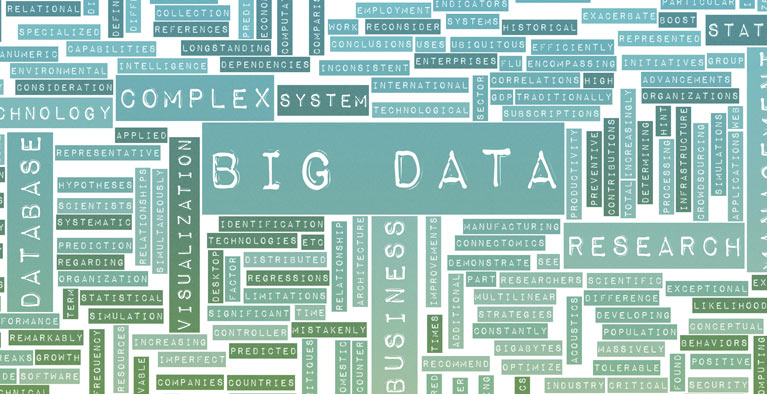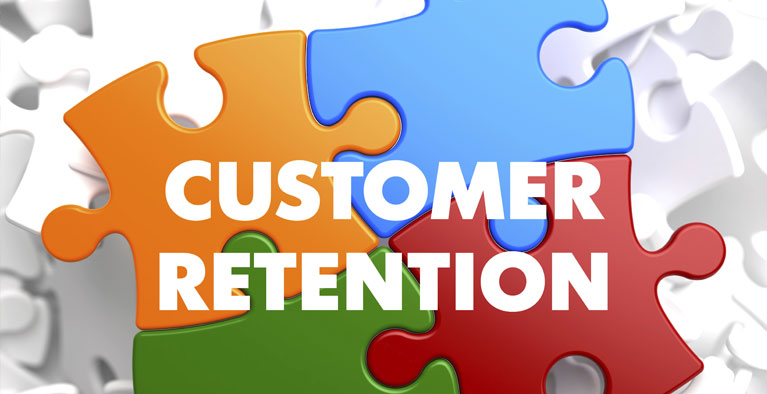
3 Steps to Boost In Store Shopper Experience, Is Store Operations the key?
Have you ever visited a store (obviously not the one you visit frequently) & got really confused where to find what you are looking for? I have, & I am sure most of you will agree. While these days management focuses more on product, service offering, marketing, store location & expansion, store level operations has become the forgotten cousin of retailing. Delivering a satisfying experience to your shoppers can lead to repeat visits, improved profitability & in the longer run it can create a very loyal customer base. On the other hand one negative experience can cost you a fortune in today’s connected economy, where people proactively share their experiences on social networks.
Improving store-level operations, therefore, often yields a high return on investment, driving sales growth in double digits with minimal incremental capital deployment. Consistent execution creates a sense of familiarity & positively influences brand perception in the mind of shoppers.
As a retail operations professional how will you insure that all of your stores are conforming to the set standards? Answers lie in unannounced visits to the stores & asking yourself a few basic questions
- Do you have in store signage to guide customers to find the product & services they are looking for?
- Is the store clean and does it conform to the Standard Operating Procedures (SOPs) set for housekeeping?
- Are your trial rooms, service kiosks, wash rooms etc. clean?
- Are your sales associates proactive in helping customers & do they have right product knowledge & soft skills?
- Are the products displayed properly?
- Are your aisles free for navigation?
- Do you see satisfied shoppers on the floor?
- Are your experiences consistent in all of your stores?
If you get a “NO” as an answer for any of the questions above, you have reasons to worry. You can take a three pronged approach to make your in store shopper experience consistent.
- Identify all the activities performed in the store: Spend time in the store & list out all the activities performed by your store team from housekeeping and stock count to visual merchandising.
- Check whether you already have SOPs defined for all the routine activities; if not then get it done as soon as possible.
- Establish a performance measurement system for all activities with regular & defined cycles.
Keep visiting stores unannounced & make sure to rate every function in the store on agreed upon goals. Within a span of a few months, in store experience will be consistent through the stores & you will see happy shoppers all around.
Join the Retail Collaboration Network on LinkedIn, and connect with experts and users interested in Supplier Collaboration.









